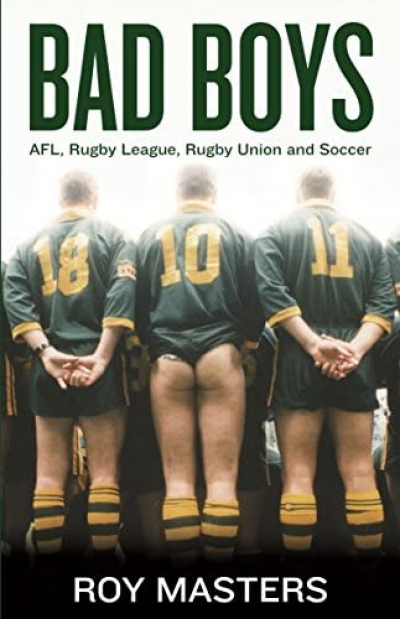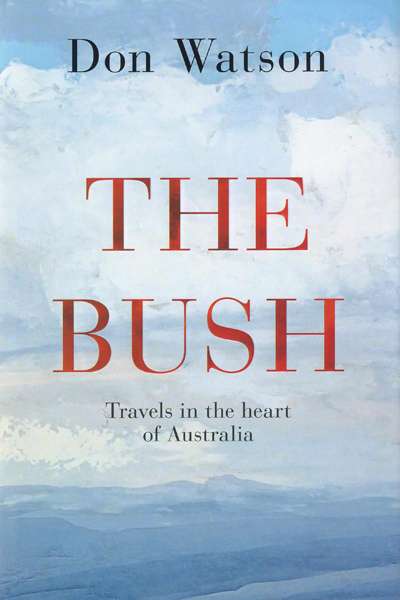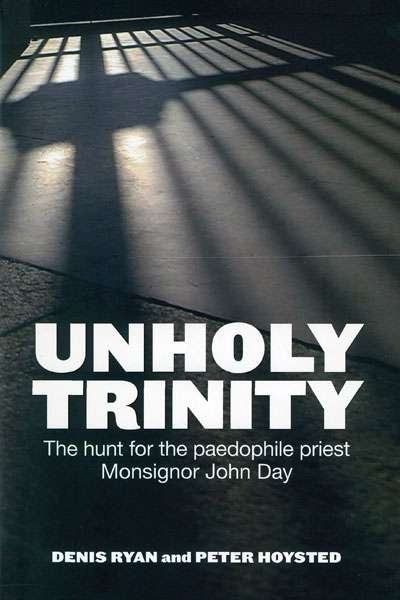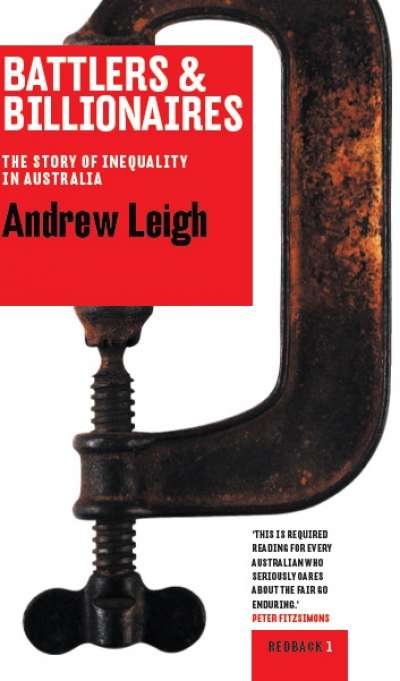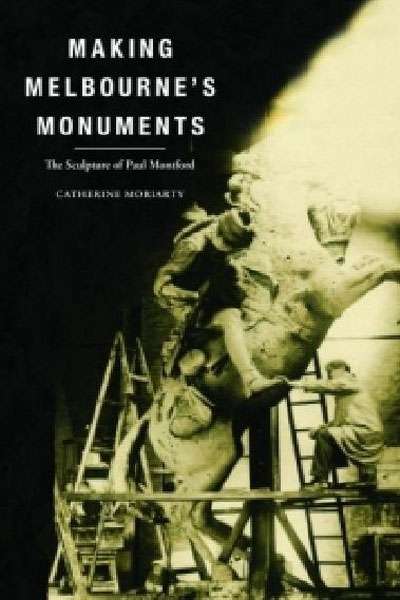Australian Society
Bad Boys: AFL, Rugby League, Rugby Union and Soccer by Roy Masters
by Braham Dabscheck •
Australia at the Crossroads: Reflections of an outsider by B. A. Santamaria
by James Griffin •
The Bush: Travels in the heart of Australia by Don Watson
by Frank Bongiorno •
Unholy Trinity: The Hunt for the Paedophile Priest Monsignor John Day by Denis Ryan and Peter Hoysted
by Ray Cassin •
Battlers and Billionaires: The Story of Inequality in Australia by Andrew Leigh
by Gillian Terzis •
Public Sydney: Drawing the City edited by Philip Thalis and Peter John Cantrill
by Philip Goad •
Making Melbourne’s Monuments: The Sculpture of Paul Montford by Catherine Moriarty
by Christopher Menz •
The Quiet Revolution: Indigenous People and the Resources Boom (2012 Boyer Lectures) by Marcia Langton
by Tim Rowse •
Diaspora: The Australasian experience edited by Cynthia Vanden Driesen and Ralph Crane
by Rick Hosking •

